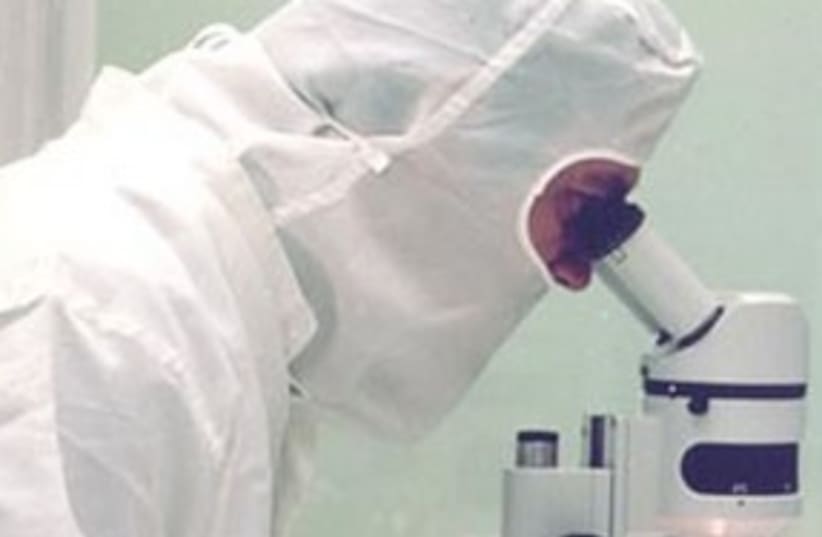Physicists at the University of California San Diego have developed a new kind of X-ray microscope that can penetrate materials to see details at the scale of one billionth of a meter -- without using a lens.
The images generated from the nanoscale X-ray microscope are by a computer program. In a paper published recently in the online edition of the Proceedings of the National Academy of Sciences, the physicists explain that the algorithm is able to convert the diffraction patterns produced by the X-rays bouncing off the nanoscale structures into resolvable images.“The mathematics behind this is somewhat complicated,” says Oleg Shpyrko, an assistant professor of physics at UC San Diego who headed the research team. “But what we did is to show that for the first time that we can image magnetic domains with nanometer precision. In other words, we can see magnetic structure at the nanoscale level without using any lenses.”Not only does this development eliminate the complexity of using a lens, it is also immediately applicable to nanoscience and nanotechnology.
“To advance nanoscience and nanotechnology, we have to be able to understand how materials behave at the nanoscale,” says Shpyrko. “We want to be able to make materials in a controlled fashion to build magnetic devices for data storage or, in biology or chemistry, to be able to manipulate matter at nanoscale. And in order to do that we have to be able to see at nanoscale. This technique allows you to do that. It allows you to look into materials with X-rays and see details at the nanoscale.”Other applications that could benefit from this microscope is allowing computer engineers to put more data into smaller hard drives. And there may be biological uses, Shpyrko explains. “By tuning the X-ray energy, we can also use the technique to look at different elements within materials, which is very important in chemistry,” he added. “In biology, it can be used to image viruses, cells and different kinds of tissues with a spatial resolution that is better than resolution available using visible light.”
